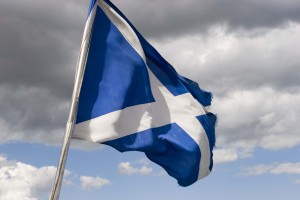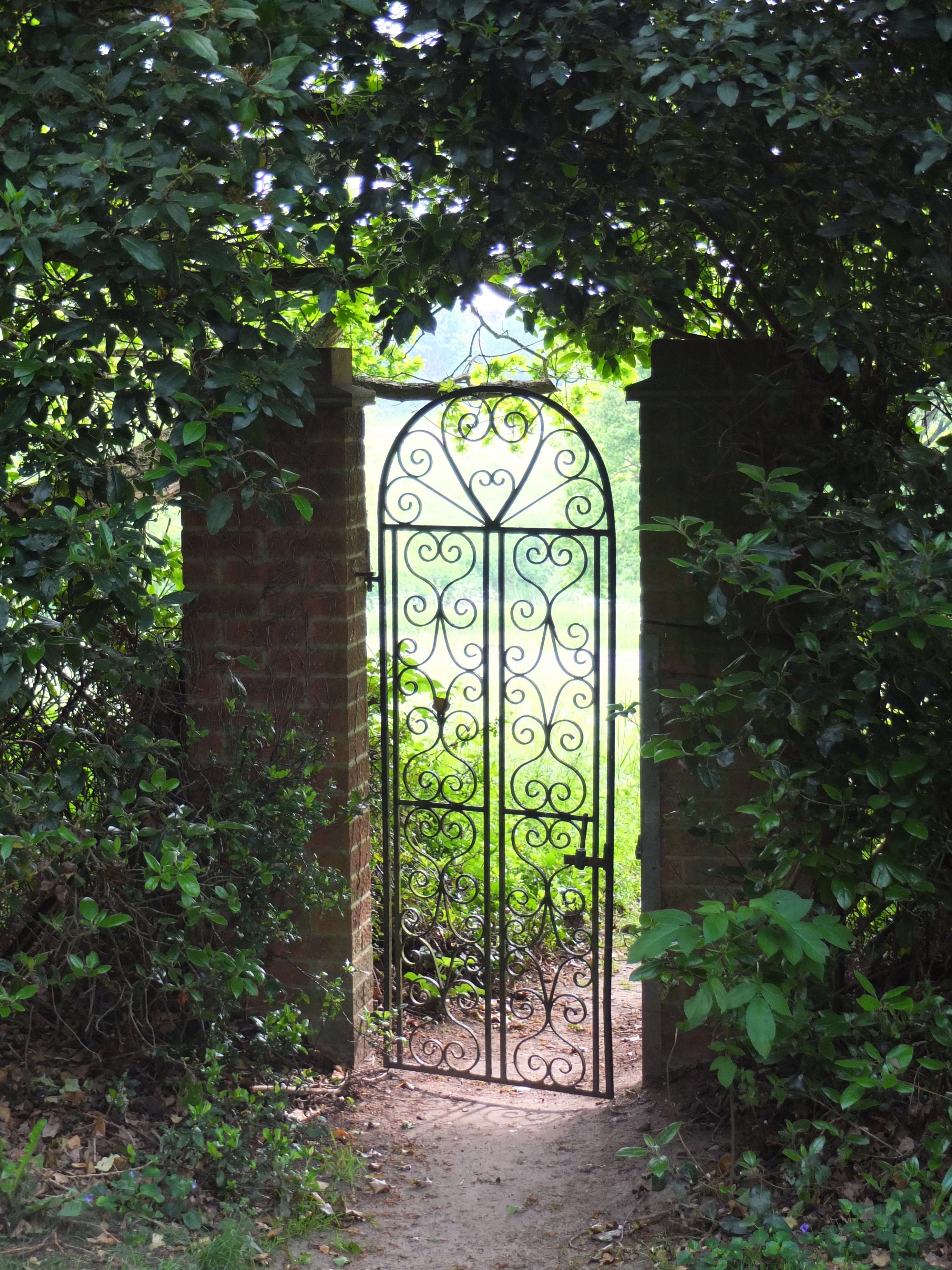 With the parenthetical pertinence of the fact that this is St David’s Day in mind I will – if I may – expand on the Celtic theme of my last post.
With the parenthetical pertinence of the fact that this is St David’s Day in mind I will – if I may – expand on the Celtic theme of my last post.
Every now and again I feel moved – more so than I normally do – to explore and embrace the culture and heritage of what I feel to be the key part of my ancestry. As is common nowadays I can trace my lineage in a variety of directions. One element of my mother’s family originated on the north east coast of England – another from the midlands (from the area around the delightfully English sounding town of Ashby-de-la-Zouch!).
My father was – however – always extremely proud of his Scottish heritage and in this my siblings and I have enthusiastically followed. Just as soon as we were old enough to make the journey (by train – my father could not drive!) from the home counties to the highlands we embarked on the first of an extended series of family holidays in Scotland. My father was a great hill walker and he and I covered many a mile on peaks across a swathe of the country from Ayrshire to the Great Glen. In later life I have made repeated forays to Edinburgh, both for work and for visits – as performer and spectator – to the Edinburgh Festival.
I find there to be a romantic and gently melancholic quality to much Celtic art, be it poetry, prose, instrumental music or song and regardless of whether it be of the Welsh, the Irish or the Scots. There is something particularly haunting about Scottish music, the resonance of which with the lowering hills and the exquisite straths and glens of the highlands and islands from which it originates will be apparent. I find myself from time to time overtaken by a irresistible urge to immerse myself in it. And yes – I do like the skirl of the pipes – but I also love the clarsach, the fiddle and the whistle.
Now – I have some sympathy with those who like their ethnic music pure and who demand that it be reproduced strictly according to tradition, but music is a living language and – like all languages – must be in a state of constant evolution. My own musical interests lie more in the discovery and exploration of new fusions of tradition and modernity. To this end I found myself recently reconnoitering the InterWebNet for exciting new syntheses of music based on traditional Celtic forms.
I found many interesting things – of course – but this was what I liked the most:
Paul Mounsey is a Scottish composer who married a Brazilian and subsequently moved to Brazil. His music is thus a fascinating fusion of classical Scottish themes, Gaelic voices and Brazilian percussion. His biography on Wikipedia reads thus:
Paul Mounsey (born 15 April 1959) is a composer, arranger and producer from Scotland.
He lived for over 20 years in Brazil. A graduate of Trinity College, London, where he studied with Richard Arnell, he has written for film, television, theatre, advertising and also for the Latin American pop market. He lectured for a short while at Goldsmiths College before moving on as creative director of Play It Again, one of the biggest commercial music houses in Brazil. He has also written articles on various aspects of music. He’s written pop hits for Mexican boy bands, has received commissions for chamber and multimedia works, has lived with and recorded the music of indigenous communities in the Amazon rainforest, and to date has released five solo albums. Paul’s music has featured in the television and cinema adverts for tourism boards such as VisitScotland. He is currently based in Los Angeles working as composer, orchestrator and programmer in the film industry.
Have a listen to these samples and see what you think:
Wherever You Go: Wherever You Go – Sample
Nahoo Reprise: Nahoo Reprise – Sample
Taking Back the Land: Taking Back The Land – Sample
Senses – 2011: Senses 2011 – sample


Recent Comments